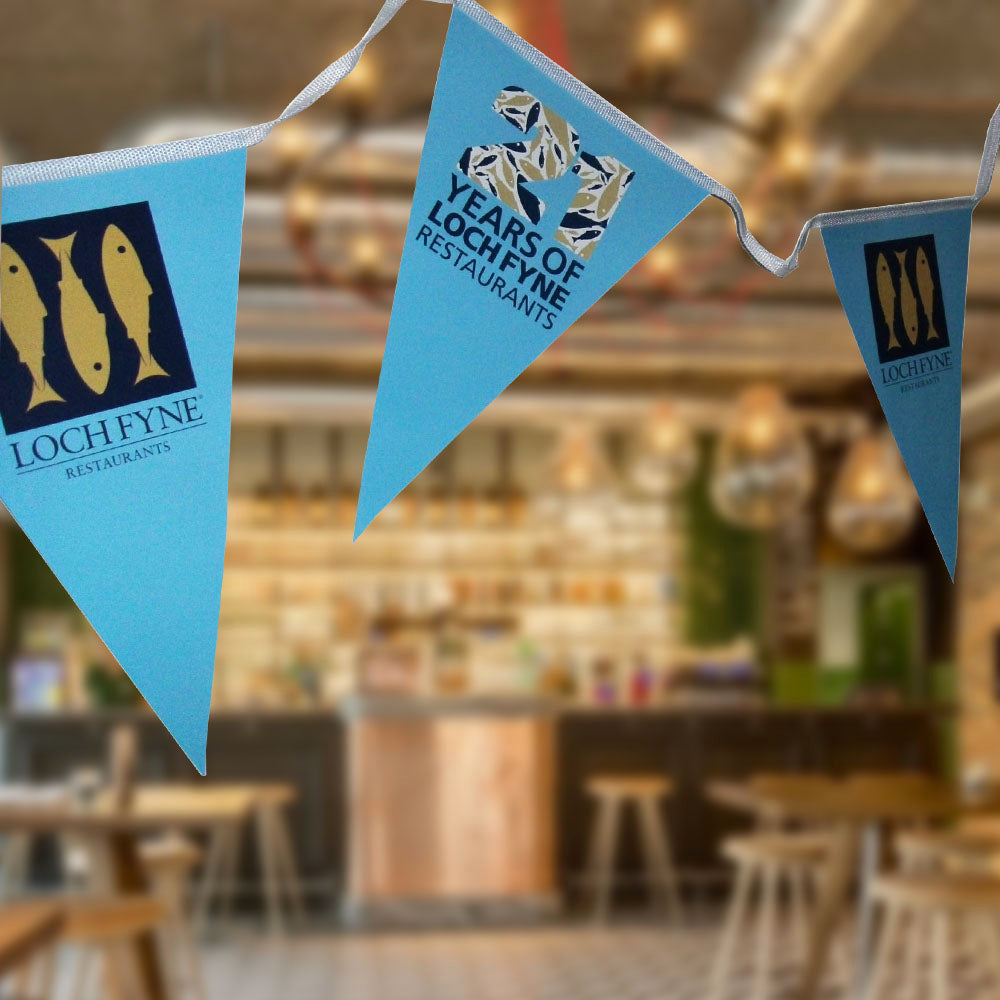The Importance of Food Packaging A Comprehensive Overview
Food packaging serves as a vital component of the food industry, playing a crucial role not only in preserving food quality and safety but also in promoting sustainability and influencing consumer behavior. As our world evolves, so too does the landscape of food packaging—reflecting changes in technology, consumer preferences, and environmental consciousness.
Preservation and Safety
The primary function of food packaging is to protect food products from contamination and spoilage. Packaging materials provide a barrier against air, moisture, and microbial growth, which can lead to food degradation. For example, vacuum sealing not only extends the shelf life of perishable goods but also helps maintain freshness and flavor. Packaging can also prevent the leaching of harmful substances into food, ensuring that what consumers eat is safe.
Innovative packaging technologies have emerged in recent years, incorporating features like modified atmosphere packaging (MAP), which alters the composition of gases surrounding food products, thus slowing down the spoilage process. This advancement is particularly beneficial for fresh produce, meats, and other perishable items that are sensitive to oxygen and moisture levels.
Convenience for Consumers
Modern consumers lead busy lives, and food packaging has evolved to meet their needs for convenience
. Single-serve packaging, for instance, caters to on-the-go lifestyles, enabling easy consumption without the need for additional preparation. Ready-to-eat meals, snack packs, and resealable bags are all examples of how packaging designs accommodate the fast-paced demands of contemporary living.Moreover, clear and informative labeling on packaging helps consumers make informed decisions. Nutritional information, cooking instructions, and ingredient lists provide essential details that contribute to healthier lifestyle choices. The rise of transparent packaging allows consumers to see the product inside, enhancing trust and driving purchasing decisions.
food packaging

Environmental Considerations
As awareness of environmental issues grows, the food packaging industry faces increasing pressure to adopt sustainable practices. Plastic waste and pollution have raised significant concerns, prompting both consumers and manufacturers to seek eco-friendly alternatives. Biodegradable and compostable materials are gaining traction, with companies investing in research to develop sustainable packaging solutions that can minimize environmental impact.
Using renewable materials, such as paper, plant-based plastics, and recycled content, not only reduces waste but also appeals to environmentally conscious consumers. Brands that prioritize sustainability can differentiate themselves in a competitive market, leading to enhanced brand loyalty and a positive public image.
Innovative Trends and Future Directions
The future of food packaging will be significantly shaped by technological advancements. Smart packaging, which incorporates sensors and indicators, is emerging as a game-changer in the industry. These technologies can monitor temperature, humidity, and freshness, providing real-time information to both consumers and retailers about the state of the food product. This level of transparency can help reduce food waste, ensure safety, and enhance the overall consumer experience.
Additionally, the integration of augmented reality (AR) into food packaging is set to transform the way consumers engage with products. Through AR, brands can provide interactive experiences that include recipes, farming practices, or the story behind the product, all accessible via smartphones. Such innovations not only enhance brand engagement but also educate consumers about the importance of their purchasing choices.
Conclusion
In summary, food packaging is far more than just a container; it is an essential element that impacts food safety, convenience, sustainability, and consumer engagement. As the industry continues to innovate, the focus will remain on developing packaging solutions that not only protect and preserve food but also align with the values of a more health-conscious and environmentally aware society. The future of food packaging is bright, promising advancements that will ultimately lead to a safer, more sustainable, and engaging experience for consumers everywhere. In an ever-changing world, the importance of effective food packaging cannot be overstated—it is a critical aspect of our food supply chain that deserves our attention and innovation.



